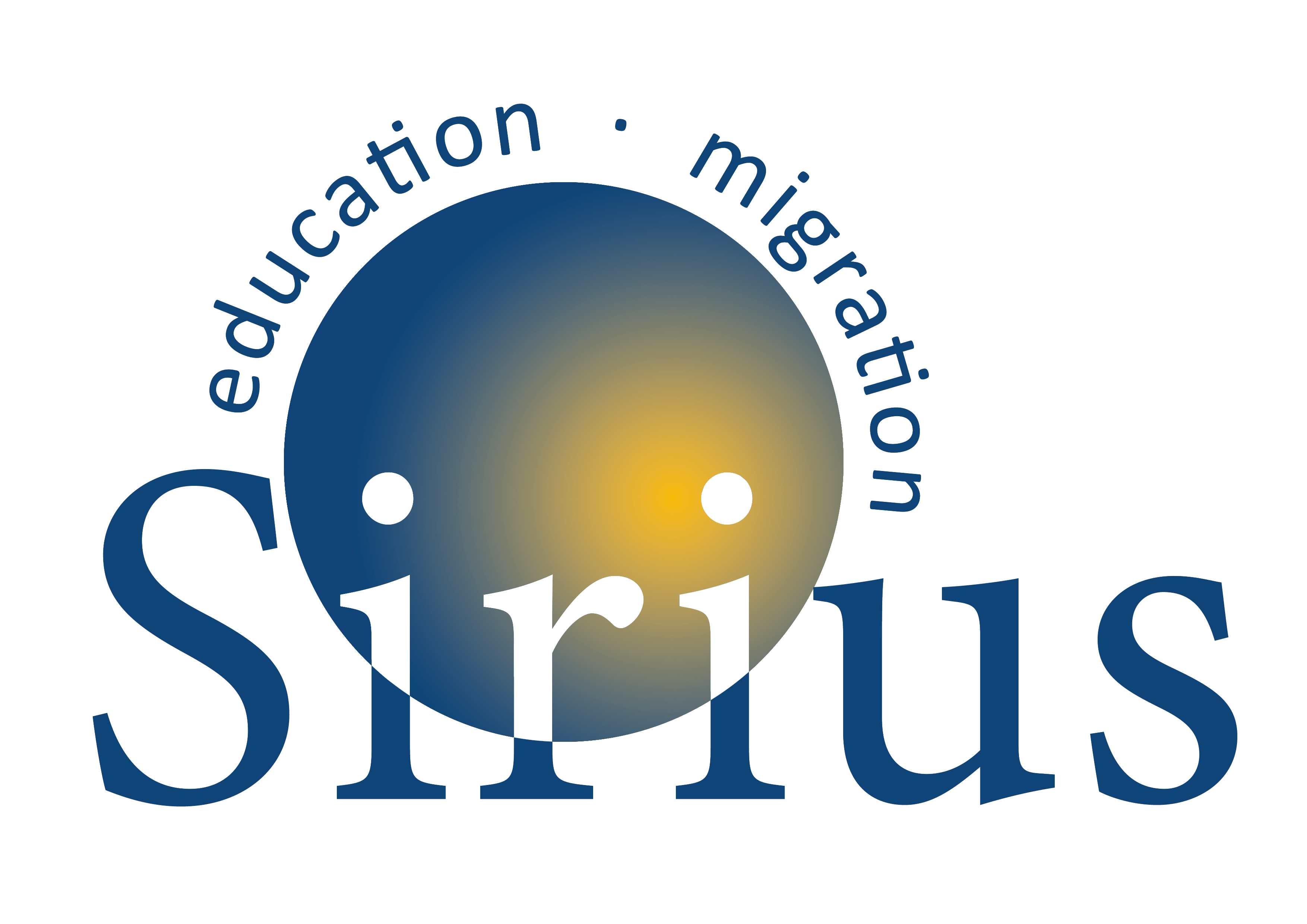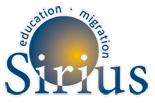Country brief
Country name: Croatia
Please estimate the number of children in school (age 3-19) in your country:
572.950
Please estimate the number of school drop-outs in your country in the school year 2019/2020:
3.1%
Please estimate the average number of school drop-outs per year in the 5 school years previous to school year 2019/2020?
3.1%
Did National exams or evaluation methods take place in academic year 2019/2020? And if so, for which levels?
Only some (please name) – The national exams are in the experimential phase but the Sate matura took place for the high school graduates.
If national exams or evaluation methods did not take place, what is the replacement solution?
Croatia is not providing national exams, they are in the testing, experimental phase. The State matura is the only national exam for high school graduates.
If schools resumed before the summer of 2020, were any particular year groups or other groups identified to have more contact, if so which?
On May 11th only lower primary school was open (grade 1-4); grades 5-8 (primary school) and high school were online by the end of the school year.
When school resumed in the Autumn of 2020, were any particular year groups or other groups identified to have more contact, if so which?
All schools and kindergartens were open from September 9th and they are partailly closed (online classes) only when there is a COVID 19 infection in the class then the whole class going to self isolation and online classes for minimum of 10 days.
Access to education
What were the primary modes of learning implemented during the Covid-19 School closures?
- Online
- TV
Were the above measures put into place at a policy (national or regional level) or by schools and teachers?
- Policy (national or regional) level
Please estimate Number or percentage of children in school (age 3-19) with access to:
- high-speed internet – N/A
- basic internet – 90%
- TV – 95%
- Radio – N/A
- Computer, tablet or smart phone they could use during the day – 94%
What translation/interpretation resources/services are/were made available online for students and families from regional or national level?
For the Italian national minority, based on the initiative of the Istrian County – Regione Istriana, from 17 March on TV Novi broadcasted “Program didattico in lingua italiana” (Educational program in Italian), which was initially intended for primary school students, and as of March 30, the offer has been extended to 5th grade students.
The content of this TV program has been based exclusively on articles made by primary and secondary school teachers in the language and script of the Italian national minority.
Various online groups have been opened for students belonging to the Serbian national minority in cooperation with senior advisors for the Serbian national minority in Education and Teacher Training Agency, and by sharing the content (worksheets, films, texts), and video materials are produced among teachers.
Also, publishers in the Republic of Serbia have opened their digital content for free use. Students follow the school on TV for all subjects, and for the elective subject Serbian Language and Culture (Model C) they receive assignments and materials from teachers mainly through Viber (1st – 4th grade) and Teams (5th – 8th grade).
This means that the authorities actually didn’t provide enough support and materials for students but it depended on the individual teachers efforts.
What special or exceptional learning need supports are/were made available online for students and families from regional or national level?
As soon as school closure was announced as a potential measure, at the beginning of March, the Ministry started preparations for distance learning.
It took two weeks to move all classes online, and distance learning was successfully launched on March 16th when all schools were closed and the Government published the decision on implementing distance learning in all primary and secondary schools as well as higher education institutions .
The priority was to create the content needed to launch distance learning, so that teachers would have time to establish the communication infrastructure and adapt to online teaching.
For lower primary students the Ministry decided to cooperate with the public television (Croatian TV), because this age group is too young to use digital technology independently.
The Croatian TV produced and broadcasted online teaching by the end of May when schools reopened and there was no need for continue with the program even though not all children are actually started to attend schools (this is especially evident in the City of Zagreb were almost 30 schools were very damaged in the March earthquake and children are still not able to go back to the school buildings).
The teachers needed to establish communication channels with the parents rather than the students, and for this they were encouraged to use social networks and chat groups for parents to access with their smartphones.
For older students, 15 minute videos were created on the basis of a national schedule which should enable all students to reach all learning outcomes planned in the curriculum by the end of the school year.
The Ministry of Science and Education has created online content for all general subjects taught in secondary schools. This will ensure that when students in vocational education come back to their schools, they have time for practical subjects. Moreover, vocational teachers are encouraged to develop creative solutions to also teach practical subjects online if possible.
Additional resources for teachers are available at the web of the Agency for VET. In addition to that, the Agency for Vocational Education and Training and Adult Education has launched a portal for online classes, nastava.asoo.hr.
The portal also contains classes for practical subjects, and all vocational teachers are encouraged to develop online classes at home and share them with their colleagues.
In addition to creating online content for all subjects in the final year of secondary education, the Ministry is also prepared additional video materials to prepare students for compulsory exams at the State Matura exam (Croatian and English language and Mathematics). Part of the videos were broadcast in cooperation with commercial TV station (RTL 2).

